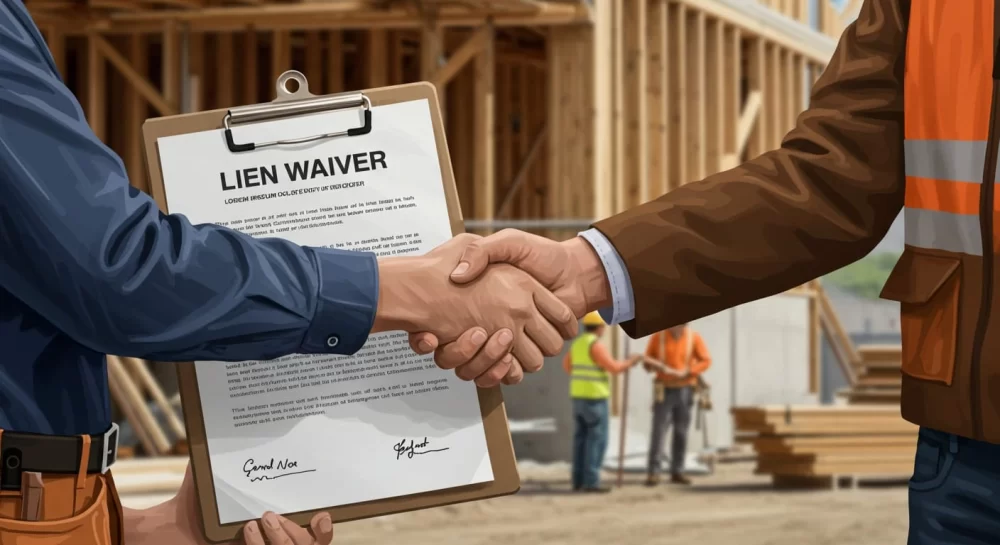
- 1-What-Is-a-Mechanics-Lien
- 2-How-Mechanics-Liens-Work-in-Construction
- 3-The-Mechanics-Lien-Filing-Process
- 4-Common-Challenges-and-Case-Examples
- 5-Professional-Advice-from-ESPLawyers
1. What Is a Mechanic’s Lien
A mechanic’s lien is a legal claim against a property by contractors, subcontractors, suppliers, or laborers who have provided labor or materials for construction but have not been paid. This lien acts as a security interest, ensuring those who contributed to improving the property have a way to recover owed payments.
Understanding mechanic’s liens in construction is essential for both property owners and construction professionals to navigate payment disputes and protect financial interests effectively.
1.1 Legal Foundation of Mechanic’s Liens
Mechanic’s lien laws vary by state but generally provide strict deadlines and requirements for filing. These laws balance the rights of property owners to clear title with those of construction participants seeking fair payment.
2. How Mechanic’s Liens Work in Construction
In a typical construction project, multiple parties contribute services and materials. If payment delays or disputes occur, contractors or suppliers may file a mechanic’s lien to assert their claim on the property itself.
This lien can complicate property sales or refinancing until resolved, motivating property owners or developers to settle outstanding debts promptly.
2.1 Parties Eligible to File
General contractors, subcontractors, material suppliers, architects, and engineers involved in the construction project can usually file mechanic’s liens if unpaid.
2.2 Duration and Enforcement
Once filed, a mechanic’s lien remains on the property record for a limited time, often 90 to 180 days, depending on jurisdiction. If the debt remains unpaid, lienholders can initiate foreclosure actions to force sale of the property to recover owed amounts.
3. The Mechanic’s Lien Filing Process
Filing a mechanic’s lien involves specific procedural steps designed to comply with state laws. These steps include:
3.1 Preliminary Notice
Many states require sending a preliminary notice to the property owner within a certain timeframe after work begins to preserve lien rights.
3.2 Filing the Lien
The lien must be filed in the appropriate county recorder’s office with detailed information about the work performed, amount owed, and property description.
3.3 Enforcing the Lien
If unpaid, the lienholder may need to file a lawsuit to foreclose the lien and seek payment through court proceedings.
4. Common Challenges and Case Examples
Disputes related to mechanic’s liens often arise from missed deadlines, improper filings, or disagreements about the scope of work and payments. For example, in a recent high-profile case, a subcontractor filed a lien after a developer delayed payments on a commercial building. The lien forced the developer to negotiate a settlement quickly to avoid foreclosure and sale.
Such cases highlight the importance of understanding mechanic’s liens in construction to prevent costly legal battles and ensure smoother project completion.
5. Professional Advice from ESPLawyers
ESPLawyers recommend construction professionals and property owners maintain clear contracts and documentation throughout the project to minimize lien disputes. They also stress the importance of timely filings and legal compliance with state-specific lien laws.
For anyone navigating mechanic’s liens, consulting with experienced legal experts like those at ESPLawyers can provide invaluable guidance to protect your rights and interests efficiently. Their expertise can help you resolve liens, avoid pitfalls, and ensure your construction projects proceed without costly interruptions.








